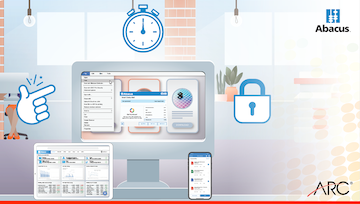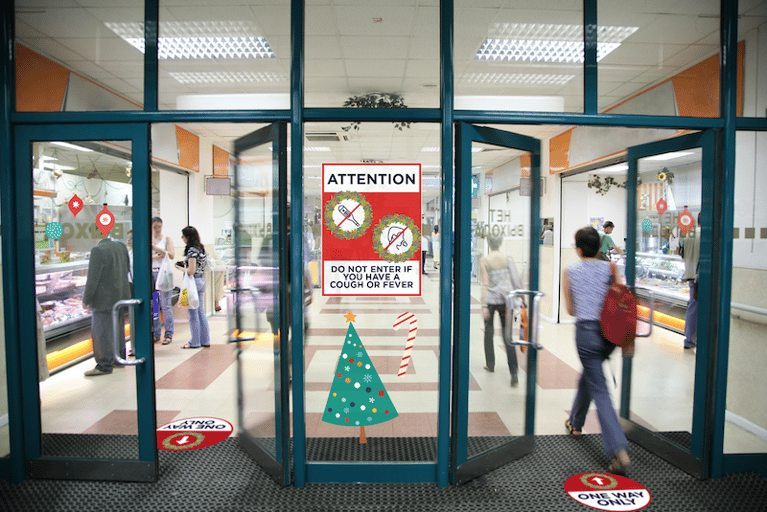As part of our ongoing efforts to improve productivity in the design and construction community, we conducted an in-depth survey of 330 architects, contractors, and trade professionals earlier this year.
We explored broad and narrow topics alike, including overall productivity, the causes of poor project performance, the growing use of building information modeling (BIM) and much more.
You can download the full report here, or keep reading for a quick preview of it, including a few key insights.
Key Research Insights
The people we surveyed included professionals at firms with revenues varying from $1M up to more than $200M. Yet, even when we accounted for organization size, there were several, clear patterns that emerged from the survey data.
This included a universal underutilization of technology, a lack of proactive project management, poor project performance, and high costs associated with poor project performance.
We’ve selected a few statistics from the full report which underscore each one of these universal themes:
- Technology Underutilization: Survey respondents indicate that they use just 60% of their project management software’s features.
- Proactivity: 62% of respondents feel that their project managers do not have time to proactively address issues such as constructability.
- Performance: Almost 40% of survey respondents state that less than 70% of their projects finish on time and under budget.
- Cost: Cost exposure in RFIs and rework alone amounts to more than $500,000 for large firms and $260,000 for medium-sized firms.
The Project Performance Problem and its Many Costs
In the survey, 44% of respondents said they complete less than 70% of their projects on time and under budget. Obviously, this is a serious issue that project managers could improve if only they could have the time to be proactive and not reactive in their day-to-day workload. In addition, the direct and indirect costs associated with poor project performance aren’t immediately visible. And when costs aren’t immediately visible, no one seeks to mitigate them. To that end, here are a few of the costs our survey respondents helped us make visible.
Cost #1: Length of closeouts
Forty percent of projects take two to six months to close out. Given that between five and ten percent of your contract price is often held back until a project is closed out, lengthy closeouts can cause costly cash flow issues and prevent you from pursuing new projects.
Cost #2: Too Many RFIs and Reworks
Survey respondents at medium-sized firms said they averaged 57 RFIs per project at a cost of $4,620 per issue. At large firms, respondents reported 77 RFIs per project at a cost of $6,642 per issue.
As mentioned earlier, this came out to $500,000 per project for large firms and $260,000 per project for medium-sized firms. But what’s left out from that already-large number is the impact it has on proactivity…
Cost #3: Lack of proactivity.
The idea that—as we mentioned earlier—just 62% of respondents report that their PMs have time to be proactive is foundational to the construction industry’s project performance problems. In direct and indirect ways, this lack of proactivity negatively affects every aspect of the project, from the RFI process to project closeout.
Concrete Steps to Transform Productivity
Of course, the additional time that PMs need in order to be able to be more proactive won’t appear out of thin air. That’s where a combination of better construction technology purchases and partnering with outsourced construction services companies can help, according to the full study.
Given the findings of the study, ARC’s research team developed five concrete steps to help AEC firms transform construction and design productivity. Among these five steps included strategies for identifying, selecting, and implementing construction technology, leveraging outsourced solutions, consolidating tech tools, and more.
To read more about these concrete steps, download the full report today.





